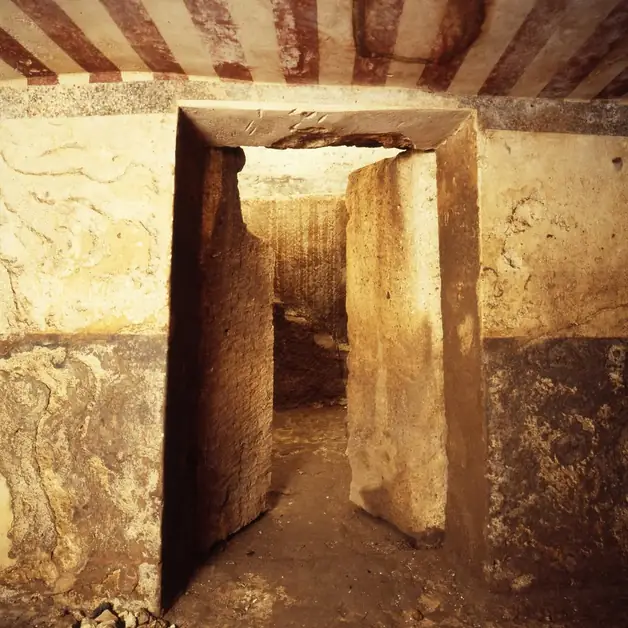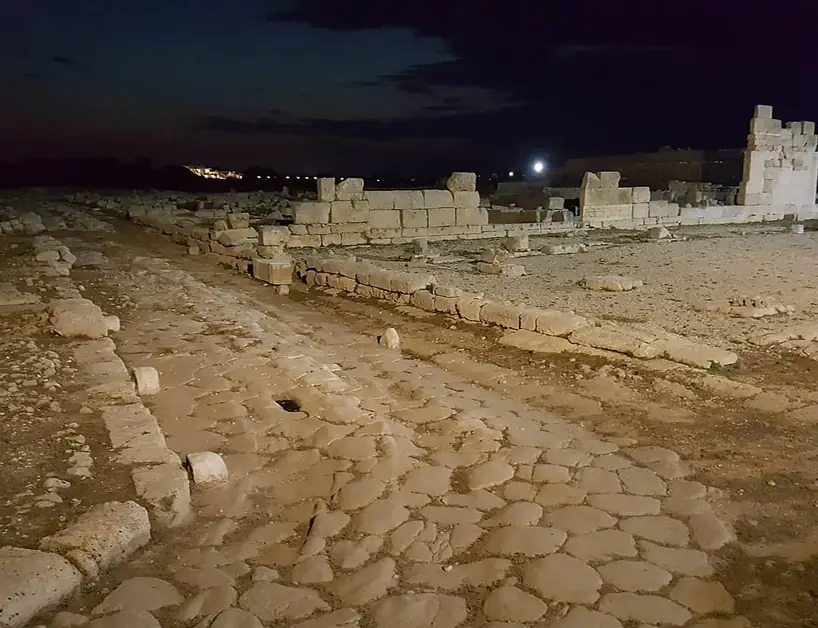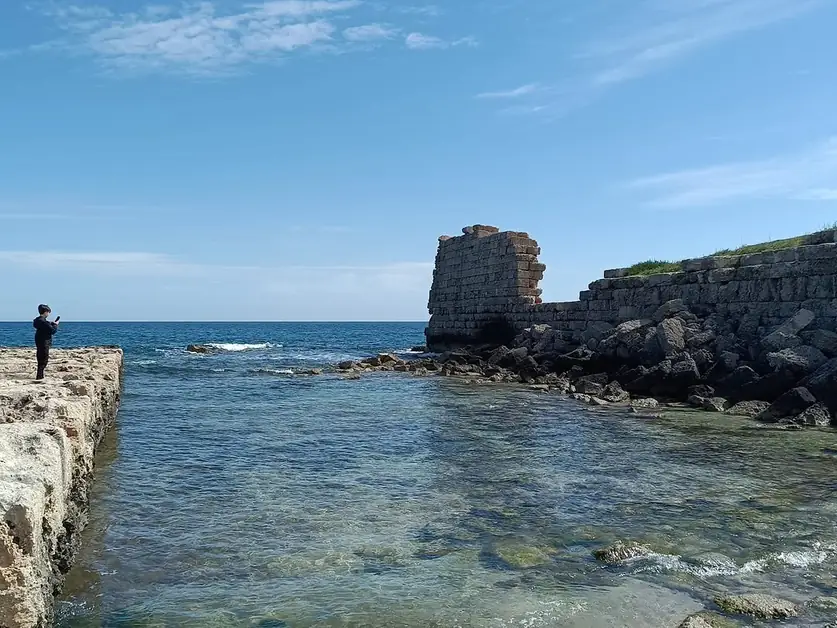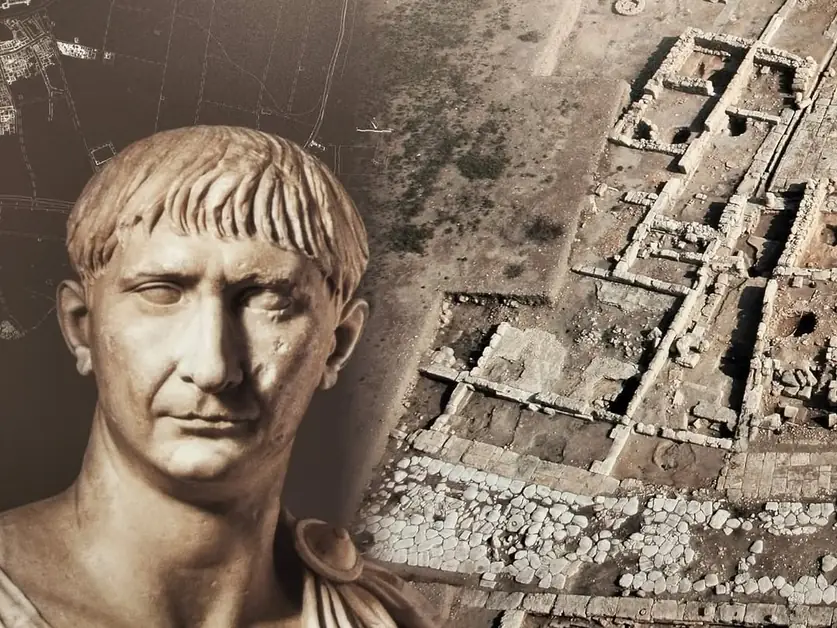The chamber tombs of Egnazia reveal ancient secrets
The chamber tombs of Egnazia reveal the art and culture of an ancient civilization.

What are the Messapian chamber tombs of Egnazia?
The Messapian chamber tombs of Egnazia are among the most striking and important monuments of the archaeological site, a testament to the ancient Messapian civilization that populated Puglia between the 4th and 2nd centuries BC. These tombs were almost exclusively intended for aristocratic families and represent, even today, an impressive expression of art, culture, and social status.
But how are the chamber tombs constructed?
They are true funerary rooms, entirely carved into the limestone tuff. The access corridor, known as the "dromos," is often a staircase carved into the rock. This corridor leads to a stone door, made of one or two large slabs of stone, which closes the burial chamber. Inside, the room was decorated with splendid frescoes that imitated the houses of the time: false beams on the ceiling, geometric patterns, vibrant colors, and plant symbols such as the pomegranate, emblem of the afterlife. Some examples, like the Tomb of the Pomegranates preserved under the Archaeological Museum of Egnazia, showcase paintings executed with great skill and attention to detail. The deceased were laid on funerary beds or on carved stone benches. Over the years, the chamber became a burial place for several generations of the same family: the bones of ancestors were often collected in ossuary niches carved into the walls.
What objects and furnishings were placed in the chamber tombs of Egnazia?
One of the most frequently asked questions among tourists is:
what can be found inside the Messapian chamber tombs?
The funerary furnishings found in Egnazia are extraordinary and tell us about the habits, beliefs, and wealth of the deceased. In male tombs, objects related to feasting and warfare were often present: spears, helmets, armor, wine cups, and decorated vases. These objects represented the prestige and social role of the buried man. In female tombs, however, refined jewelry, perfume balsams, weaving tools such as loom weights and glass tesserae are found. These furnishings demonstrate attention to detail and connections to domestic life and personal care. In some chambers, votive statuettes and symbols of the journey to the afterlife have also been found. Each object served a symbolic and practical function: it not only accompanied the deceased on their journey to the afterlife but also represented the identity and rank of the buried family. The artifacts, now preserved in the National Archaeological Museum of Egnazia, are visible in thematic showcases and clearly illustrate how the Messapian society lived and thought.
Where are the Messapian chamber tombs of Egnazia located and how can they be visited?
Which chamber tombs can be visited in Egnazia?
The area of the Messapian necropolis is among the richest in testimonies and offers tourists the chance to see these extraordinary funerary architectures up close. An emblematic example is the Tomb of the Pomegranates, now incorporated into the museum's foundations, visible through special passages and guided tours. In the outdoor archaeological path, near the Messapian walls and the ancient Via Traiana, other chamber tombs can be encountered, such as the Hypogeum of the Pillar, consisting of two communicating rooms, with well-preserved frescoes and access via a staircase. In this environment, the visitor immerses themselves in the solemnity and mystery of the ancient world. The visit to the tombs is always accompanied by explanatory panels that illustrate the history, construction techniques, and symbolism of the decorations. Some chambers are open and visible from the outside, while others are accessible only on special occasions or through pre-booked guided tours, to ensure the protection of the frescoes and ancient structures.
What questions should tourists ask themselves about the chamber tombs of Egnazia?
1.
What symbols and decorations characterize the Messapian chamber tombs of Egnazia?
The tombs are richly decorated with frescoes that take up themes of the house, plant motifs (especially the pomegranate), geometric and architectural elements, a sign of the importance given to representation connected to family prestige. 2.
How do the funerary furnishings of the chamber tombs reflect Messapian society?
The furnishings found in the tombs clearly reflect social status: weapons, tableware, and tools for men; jewelry, balsams, and textile tools for women. These objects tell us a lot about the daily life and beliefs of the Messapians. 3.
Which chamber tombs can be seen today during a visit to Egnazia, and how can one book a tour among these ancient testimonies?
The Tomb of the Pomegranates is the most famous and easily visitable; other chamber tombs are visible in the external necropolis and during guided tours. It is possible to book thematic visits and dedicated tours online to discover everything about the Messapian aristocratic burials and the artifacts preserved in the museum.




